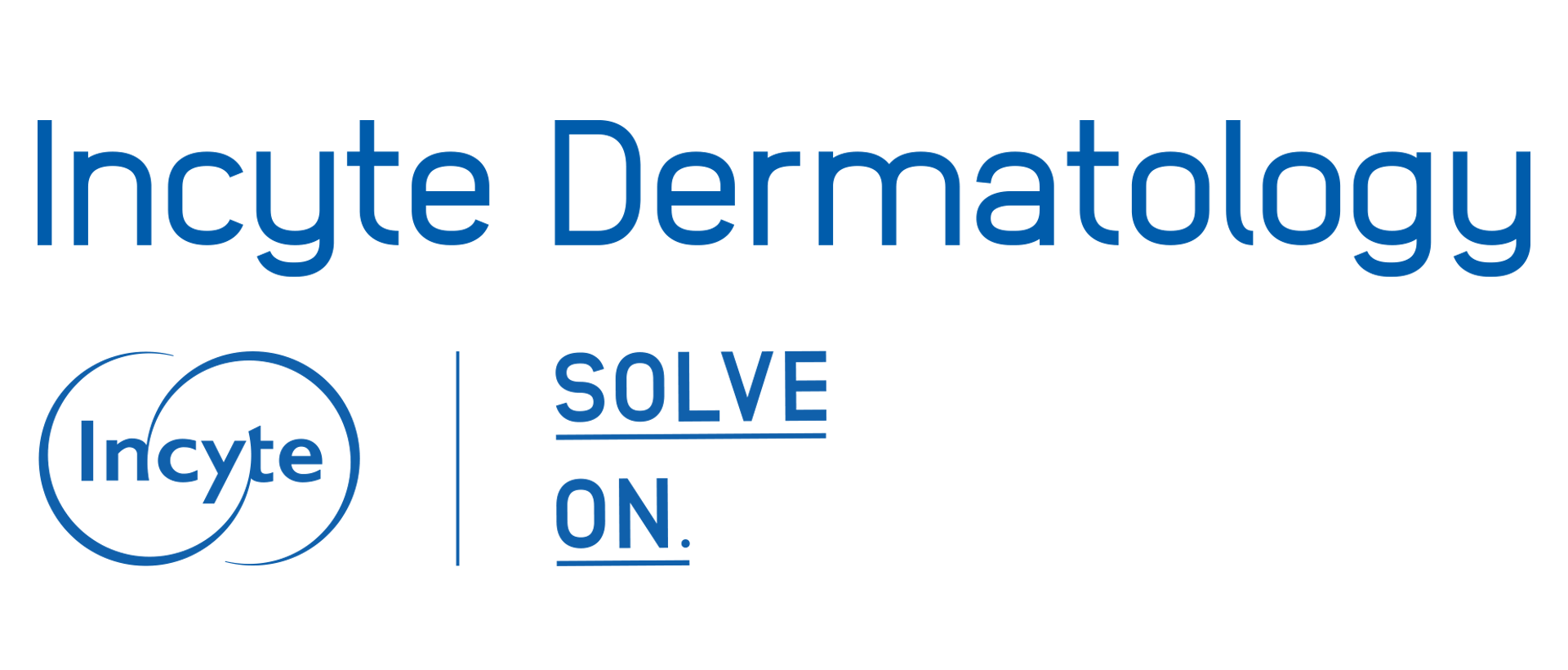Reopening the dermatologic surgery office in the COVID-19 era

By Ashley Decker, MD, Henry Heaton, MD, and Naomi Lawrence, MD
May 20, 2020
Vol. 2, No. 20

The coronavirus disease 2019 (COVID-19) presents extraordinary challenges to the health care community, including dermatology and dermatologic surgery. Guidelines put forth by the National Comprehensive Cancer Network (NCCN) (1,2) and the American College of Mohs Surgery (ACMS) at the beginning of the pandemic recommended postponing all skin cancer surgery except urgent/aggressive cases. Now that states and localities are beginning to ease social distancing requirements implemented to reduce the spread of COVID-19, providers and health care systems will need to resume care that has been postponed, while prioritizing the health and safety of both our patients and the health care workers. Prior to reopening for non-emergent health care visits and procedures, most hospital systems recommend a 14-day decrease in the rate of new COVID cases. Resumption of services may also be delayed until authorization by the appropriate municipal, county, or state health authorities. Based on differences in regional COVID-19 infection rates, timelines and guidelines for reopening may differ. In this commentary we focus on protocols and considerations for reopening a dermatologic surgery practice. These recommendations are based on an academic dermatologic surgery practice and should be used as a framework. They do not represent an official AAD recommendation, and we recognize that following them may be difficult in some practices.
Special considerations for dermatologic surgery
Based on the CDC classification of COVID-19 exposure risk, dermatology practices fall into the low risk category. However, dermatologic surgeons are at a higher risk of exposure due to the potential for prolonged exposure and close proximity to patients with skin cancers located on the head/neck. Typically, surgeons working on these areas will have their face directly opposed (within 12-18 inches) to the patient’s face which cannot be covered with a mask as it would obscure the surgical site. In addition, there is a risk of aerosolization of viral particles through the use of electrosurgical devices during procedures located near the nose or mouth; this may be even more significant if the surgery crosses a mucosal border. Soft tissue surgery also leads to blood exposure, but unless aerosolized by energy devices, blood is thought to be lower risk. (3, 4) It is too early in the evolution of our knowledge of SARS-CoV-2 for us to discount any routes of transmission. Due to the increased risk, dermatologic surgeons must consider the following when formulating a reopening plan:
Employee/patient and visitor safety plans
COVID-19 testing: Ideally, all patients presenting for surgery will be tested 48-72 hours prior to surgery and be asked to quarantine from the time of testing to surgery to minimize risk of acquiring the virus during that period. (4) Although testing is recommended, the ranges reported in literature are as low as a 63% true positive (37% false negative) rate of the nasopharyngeal PCR tests and appropriate precautions should be taken for each patient interaction, even with a negative test result. (5) In addition, to provide the safest environment for our patients, we should also consider routine, serial testing for everyone in our environment. Given that current testing availability remains inconsistent, this may not be possible in all cases, and in such cases, greater reliance on local prevalence data and public policy guidance is warranted. Any patient with positive COVID testing should be canceled unless their tumor presentation warrants immediate extirpation and a delay in treatment would significantly increase morbidity. We will contact infectious disease about any COVID positive test results and defer to their recommendations in regard to follow up testing or quarantine prior to rescheduling.
Visitor/patient screening: In addition to preoperative COVID testing, all patients need to be screened on the day of the procedure. If the patient has a temperature of >100.0 F, shortness of breath, new cough, hypoxemia, sore throat, and/or malaise/myalgias, his/her surgery should be cancelled. Staff should also be screened daily for these signs and symptoms.
Personal protective equipment (PPE)
What PPE is needed? Consistent with the CDC’s recommendations, health care providers and staff need to wear a mask at all times. Patients should wear a cloth facemask or covering if they do not have a surgical mask. During low risk procedures, clinicians and staff involved in the case should wear goggles or face shield, mask, gloves and gown. An article in JAMA Otolaryngology suggests that for any high risk aerosol generating procedure (e.g. skin cancer removal around mouth or nose), clinicians and staff should wear a N95 mask, goggles, gown, and gloves (double gloves). (3) However, a recent article published in JAMA recommends universal respiratory precautions, including N95 masks, conventional face masks and eye protection for any surgical procedures. (4) This recommendation is made based on the early understanding of SARS-CoV2 disease transmission at this time and assumption that all bodily fluids are potentially infected. (4) If available, we recommend using an N95 for all surgical procedures. An N95 respirator may be appropriate to reuse, but a face shield must be used over the N95 to allow reuse. An N95 should not be used for more than 8 hours continuously, or 5 days intermittently.
Expected PPE use: If possible, have a 30-day supply of PPE for you and your staff available. Calculate out how much PPE is used monthly based on your projected patient volume.
Decontamination of PPE: In the setting of N95 shortages, the germicidal properties of ultraviolet C (UVC) may be utilized to decontaminate N95 respirators so they can be reused. Currently, there is no published data regarding the UVC dose necessary to decontaminate N95 respirators from severe acute respiratory syndrome coronavirus 2 (SARS-CoV2). However, previous studies have shown at least 1J/cm2 is needed to decontaminate severe acute respiratory syndrome coronavirus (SARS-CoV) and Middle East respiratory syndrome (MERS). (7) There are commercially available UVC-emitting products that can be used in the office setting.
Smoke evacuator/suction/air filtration
Due to high viral titers in nasal mucosal and oral secretions, a smoke evacuator or suction should be used during procedures located around the nose or mouth. Consider using a portable air filtration system, such as IQAir, if your office is not already equipped with an air filtration system. These portable systems can filter down to 0.003 microns, approximately 10x smaller than viral particles.
Social distancing
Maintaining social distancing is challenging in a busy surgical practice in the absence of a vaccine/treatment, however, it continues to be the most powerful weapon against SARS-CoV2 at this time. We discuss our strategies to maintain social distancing below. These may look different depending on your office setup and schedule. Our office has a single waiting room and a total of seven clinical rooms, five of which are surgical suites. Our surgical patients will be brought in in “waves.” The first 5 patients will arrive between 7am – 8am and enter one by one into the waiting room. Every patient will be screened by a staff member as soon as they enter. They will sanitize their hands upon entry to the office and be provided a surgical mask if they do not have their own cloth mask. Each patient will be assigned a surgical room where they will stay for the duration of their procedure. Per hospital policy, no visitors will be allowed unless the patient is a minor, disabled, or there is some other extenuating circumstance. There will be assigned seating in the waiting room to maintain social distancing. After completion of the procedure, the room will be cleaned according to hospital protocols. The second “wave” of five surgical patients are scheduled for late morning (approximately 11am) to allow for completion of the first set of patients. Each patient in the second wave will be asked to call the office when they arrive to see if they should come into the office or wait in their car until space becomes available.
Consults and follow-ups will be performed via telemedicine if possible. Suture removals and follow-ups will be scheduled in 30-minute increments in the afternoon after completion of surgeries. Suture removals and in-person follow ups/consultations will call from the car upon their arrival to the office to determine if it okay for them to enter the office. If not, they will be asked to wait in their car until the front desk calls them in.
Our knowledge of this virus is evolving. In addition to the elderly and people with comorbid conditions, there are relatively young, apparently healthy patients who develop severe complications from this virus. We need to keep in mind that this is a disease with no cure, significant mortality, and uncertain sequelae. It is important that we continue to balance the risks of delaying medical care with the risks of viral exposure as we try to resume more “normal” patient care.
Point to Remember: In the COVID-19 era dermatologic surgery must be provided with precise protocols that protect patients, physicians, and staff.
Our Editor’s Viewpoint
Warren R. Heymann, MD
Every evening, the lead story on the news reviews daily tensions between those in favor of opening the economy versus those who contend that we need to continue shelter at home to prevent a resurgence of COVID-19. Despite the continually increasing number of deaths in some locales, states are loosening their restrictions and people are beginning to venture out. Those who have delayed health care can only wait so long as problems fester or progress. Elective surgical procedures that were delayed are starting to be performed. As practices ramp up the number of patient encounters, dermatologists must thread a fine needle, assuring that they, their staff, and patients are as safe as possible while an increasing number of patients are seen. Until a vaccine for SARS-Cov-2 is successfully developed, managing proper cleanliness and social distancing will be de rigueur. Regardless of whether you are Mohs surgeon, medical or pediatric dermatologist, or dermatopathologist, your profession has been dramatically, and possibly irrevocably altered by the coronavirus. The commentary by Drs. Decker, Heaton, and Lawrence offers sound, sage advice for reopening your dermatology practice regardless of your subspecialty. Managing proper cleanliness, use of PPE, social distancing, and teledermatology will remain with us. With time and practice, soon it will seem routine, and ultimately “normal.”
Short Term Recommendations for Cutaneous Melanoma Management During COVID-19 Pandemic https://www.nccn.org/covid-19/pdf/Melanoma.pdf
Advisory Statement for Non-Melanoma Skin Cancer Care During the COVID-19 Pandemic https://www.nccn.org/covid-19/pdf/NCCN-NMSC.pdf
Givi B, et al. Safety Recommendations for evaluation and surgery of the head and neck during the COVID-19 pandemic. JAMA Otolaryngol Head Neck Surg. 2020; doi: 10.1001/jamaoto.2020.0780
Livingston E. Surgery in a Time of Uncertainty: A Need for Universal Respiratory Precautions in the Operating Room. JAMA. 2020. Published online May 7, 2020. Doi 10.1001/jama.2020.7903
Wang W, Xu Y, Gao R, et al. Detection of SARS-CoV-2 in different types of clinical specimens. JAMA. 2020. Published online March 11, 2020. Doi:10.1001/jama.2020.3786
Jacofsky D, Jacofsky E, Jacofsky M. Understanding Antibody Testing for COVID-19. Journal of Arthroplasty. 2020. Printed online April 18, 2020
Narla S, Lyons, Kohli I, Torres A, Parks-Miller A, Ozog M, et al. The importance of the minimum dosage necessary for UVC decontamination of N95 respirators during the COVID-19 pandemic. Photodermatol Photoimmunol Photomed.2020;00:1-2
All content found on Dermatology World Insights and Inquiries, including: text, images, video, audio, or other formats, were created for informational purposes only. The content represents the opinions of the authors and should not be interpreted as the official AAD position on any topic addressed. It is not intended to be a substitute for professional medical advice, diagnosis, or treatment.
DW Insights and Inquiries archive
Explore hundreds of Dermatology World Insights and Inquiries articles by clinical area, specific condition, or medical journal source.
All content solely developed by the American Academy of Dermatology
The American Academy of Dermatology gratefully acknowledges the support from Incyte Dermatology.
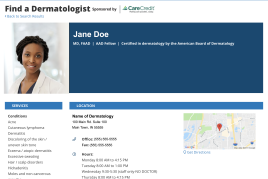 Make it easy for patients to find you.
Make it easy for patients to find you.
 Meet the new AAD
Meet the new AAD
 2022 AAD VMX
2022 AAD VMX
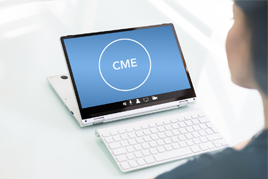 AAD Learning Center
AAD Learning Center
 Need coding help?
Need coding help?
 Reduce burdens
Reduce burdens
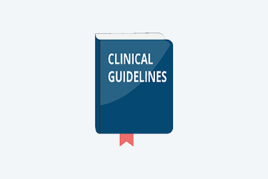 Clinical guidelines
Clinical guidelines
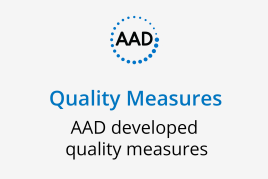 Why use AAD measures?
Why use AAD measures?
 Latest news
Latest news
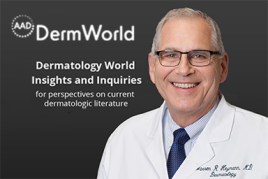 New insights
New insights
 Combat burnout
Combat burnout
 Joining or selling a practice?
Joining or selling a practice?
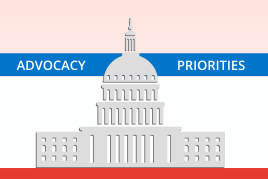 Advocacy priorities
Advocacy priorities
 Promote the specialty
Promote the specialty
